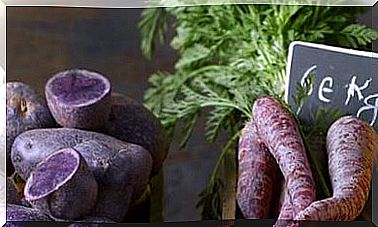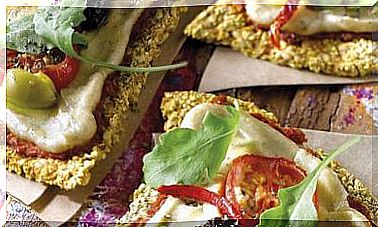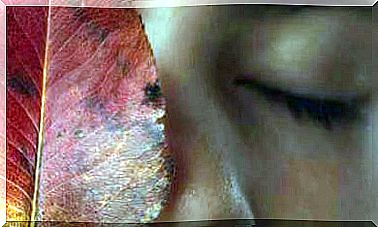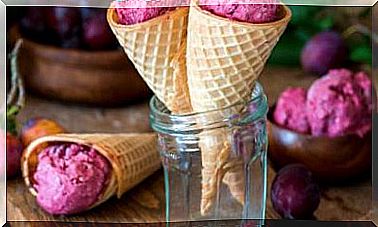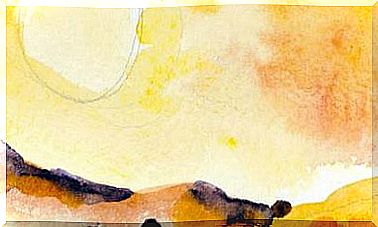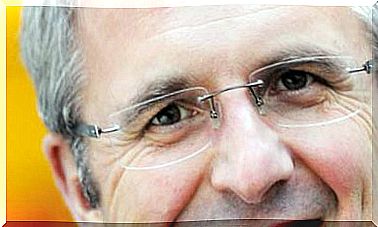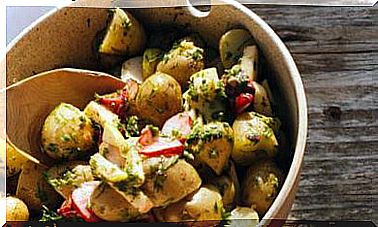Diet Dictionary: What Does A Vegan Eat And What Does Not?
To navigate the stormy sea of diets, it is essential to know the differences between vegan, vegetarian or raw vegan.

When in a restaurant you observe that the “vegetable” sandwitches contain chicken, turkey or tuna, you understand that the meanings of the words are very flexible, which sometimes leads to confusion.
To know what we are really talking about when it comes to dietary options, nothing like a short and clear dictionary.
What is the difference between vegetarian, vegan or raw vegan?
Just because a diet appears in a dictionary – even this one – does not mean that it is nutritionally valid or optimal for everyone. Almost all diets may or may not be healthy depending on how they are practiced, regardless of definitions.
And in the same way that maps are not the territory, it should be remembered and reminded that words do not define people literally either. Few are so strict with themselves to be true to one definition all the time.
1. Omnivorous
The definition in a nutshell is “he who eats everything.” Most of us understand that this means you eat vegetables, fish, meat, eggs, and dairy.
And is it done? A true omnivore also has at its disposal, for example, insects, which in Europe are rejected, but in America, Africa and Asia they can be a delicacy.
This comment is worth remembering that dietary options, in addition to health, ethical or environmental reasons, also obey – more than we like to recognize – cultural frameworks.
Probably the majority of humanity follows an omnivorous diet and to this model belong the traditional diets that achieve better results in large populations, such as the Mediterranean diet and the Okinawan diet, for example.
2. Vegetarian
“Vegetarian” is a very broad concept. But if you want to be more precise there are, as we will see, other terms.
In principle, a vegetarian is one who obviously does not consume animals (be they mammals, birds, fish or others), but does include foods produced by animals, such as dairy, eggs and honey in their diet. A more descriptive synonym is ovo-lacto-vegetarian.
This is the very common type of diet in India and the most typical of vegetarianism associated with European naturism.
Within vegetarianism or ovo-lacto-vegetarianism, more and more people restrict dairy products to fermented ones or totally renounce them. They are the ovo-vegetarians.
Although there are those who also renounce eggs, but consume honey, pollen or use products with leather, wool or silk.
Among nutritionists there is practically a consensus that both the ovo-lacto-vegetarian and vegetarian diets can be healthy if they include supplementation with vitamin B12.
3. Flexivegetarian
This category includes people who follow an essentially vegetarian diet, but incorporate some “forbidden” food – not for them – such as fish or poultry.
If the choice is permanent they can be called chicken-vegetarians or fish-vegetarians, although these terms are quite informal.
The reasons for adopting this flexible vegetarian diet are usually health, although more and more people are also doing it for environmental reasons, since red meat is the least sustainable (although rabbit is quite sustainable ).
It is frequent that they especially consume these foods when they eat out and do not find a balanced vegetarian menu. For them it is a way to nutritionally enrich their diet.
And some consider it a comfortable transition from the omnivorous diet to the vegetarian one. Although there are also those who were a vegetarian and are now flexivegetarian. There is everything.
4. Vegan
Vegans only consume foods of plant origin (and mushrooms) and carry their abstinence from all products of animal origin – for ethical reasons – to all aspects of their lives.
That is to say, a vegan does not eat meat or fish, nor does he wear leather shoes or wear wool sweaters. Nor do they go to the circus if animals participate, or to zoos.
Veganism is a diet and also a philosophy and a lifestyle. And often a political attitude (sometimes associated with feminism, environmentalism and anarchism).
Ethical motivation is the most frequent among vegans, so that for many the requirements of “healthy eating” can be secondary (in fact they can become very fond of vegan fast food).
5. raw vegan ( vegan raw )
This diet adds to the vegan the fact that it does not cook food above 45 ºC so as not to denature it and preserve its content of vitamins, minerals, enzymes and other compounds of vegetables with beneficial effects for the human body.
Among raw vegans, health reasons are important. And they must be because raw vegan cuisine is demanding: you have to know how to prepare food so that the recipes are nutritious and balanced.
Their recipes include preparations based on nuts and seeds or sprouts, and dishes that require dehydration or fermentation abound.
6. Vegan paleo or “stick”
Those who follow this type of diet try to follow the diet of the first Homo sapiens, with the difference that they give up meat and fish. It is a diet that is especially rich in protein and fat, compared to an ordinary diet.
It is based on the idea that it is the most evolutionarily adapted diet to the needs of the human organism. However, it is highly controversial among nutritionists.
There is an omnivorous paleo diet with meat and fish, but the vegan version has to look for proteins in nuts and seeds. Cereals and legumes have no place in this diet.
7. Gluten-free ( gluten-free )
The increase in cases of intolerance and sensitivity to gluten has made not only those affected but other people have decided to reduce or completely avoid the presence of this type of protein in their diet (in the case of celiac disease, as is known, abstinence must be absolute).
Perhaps the proportion of gluten-free is higher among raw vegans and vegetarians, but nothing prevents an omnivore from wanting (or needing) to avoid gluten.

